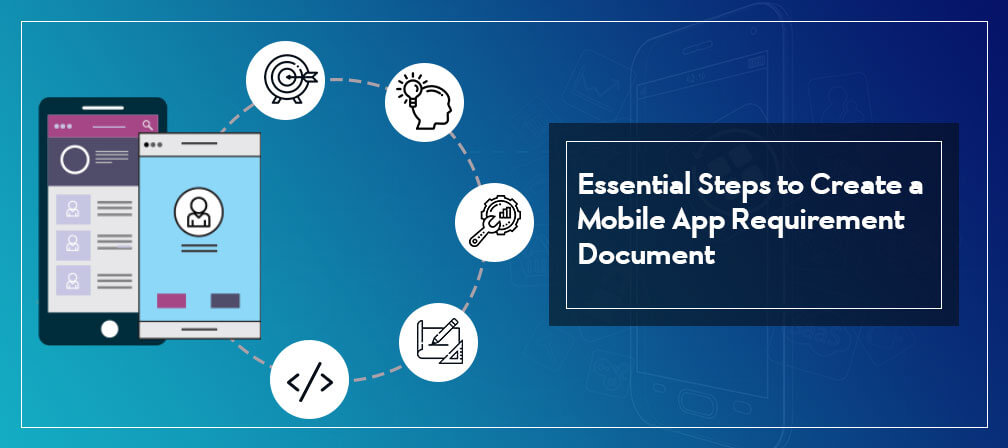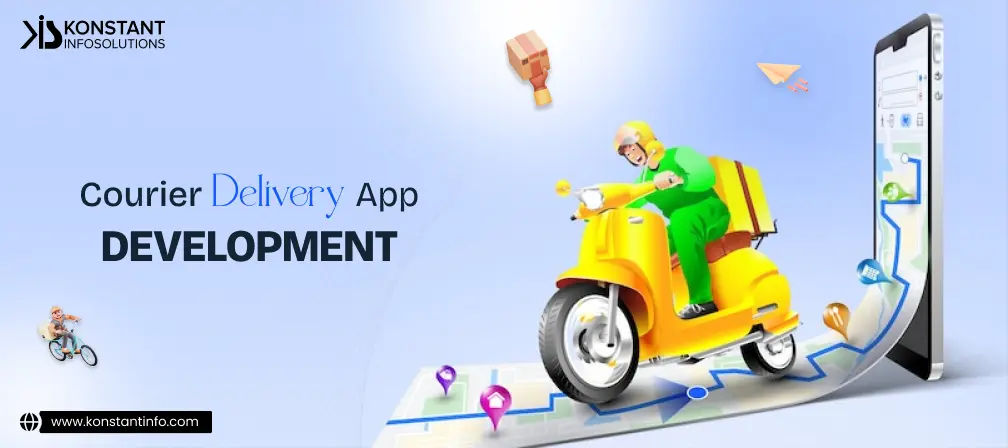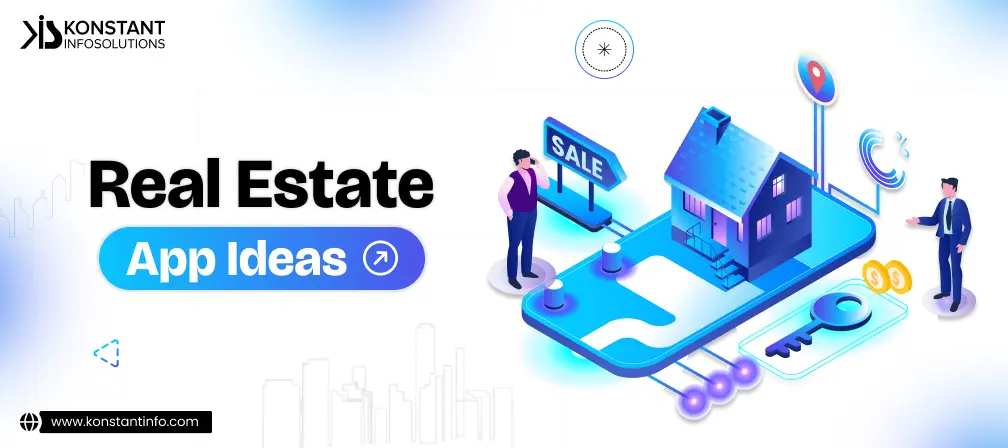
Absence of standard specifications and requirements might make development teams feel hopelessly irrepressible and sweep through the SDLC like a whirlwind. Another way around, having a well-structured app requirements document is an absolute delight that engrosses various stages of SDLC. All the requirements – functional and non-functional, scope, the sequence of operations to be followed in the process, any requirements provided by the company, any requirements given by clients, or aspects of business requirements, help ensure the effective cooperation between the specialists involved in the product delivery. It might happen sometimes that any project may have no or minimal specifications. But that does not do away with the need to have software testing.
What is the need to write the requirements for a software project? Let’s imagine there is a need to produce a mobile app, but people (developers) lack programming skills. So a business finds out a developer and describes their idea to him. But when he showcases the app for the first time, it turns out to be a blind-fold, not exactly what you want. An ‘oops’ in this case would be better than a ‘what-if’. Why did this happen? Because of the lack of details while describing the idea! How easy the ratio of probability or real analysis turn out in this case? p(a,b) = p(a|b)p(b) = p(b|a)p(a)?
Scope document precedes software requirement specification, which turns out to be a rigorous assessment of requirements before the more specific system design stages. It’s goal is to reduce re-design at a later stage of SDLC. It is deemed to provide a realistic basis for estimating product costs, risks and schedules.
Please note: The steps discussed here are illustrative and the actual process might deviate to some extent according to the organizational process and specific app requirements.
While SRS describes the peculiarities of the developed system, all requirements of product functionality are specified in Functional Requirement Specification (FRS) and the business requirements are defined in Business Requirement Specification (BRS). Clear requirements are always helpful in creating the right products for the development teams. And a software requirements specification (SRS) helps you lay the groundwork for product development.
A app requirement (functional/non-functional) or a scope document is worthy only if it is able to specify the functionality of the software like what is this software supposed to do and how is it expected to perform, external interfaces like how hardware will interact with software or any assumptions on software entities etc., required performance levels like response rate, recovery rate etc. of the software, quality attributes like security, safety, portability etc. and design constraints like operating system limitations, language of implementation etc. Specifically, it acts as a product specification document that acts as a basis of enterprise mobile applications, giving an outline of business logic and technical details, acting as a guide for the development team and interface to clients.
Geek developers write code for days without sleep, nothing fancy but definitely competitive. They dare to blow off steam instead of going to sleep on time. For them, it is important to chalk out mobile experience throughout the process. To get this going they need to read fast and synthesize well. If you are one of them, our experts are here to make you win through that. Get a free quote now!



Manish Jain is the co-founder and Managing Director at Konstant Infosolutions. He is responsible for the overall operations of the company and has played a major role in bringing Konstant up from its humble beginnings and, with his immense energy and drive, transforming it into a globally trusted name in IT solutions.
Or send us an email at: [email protected]